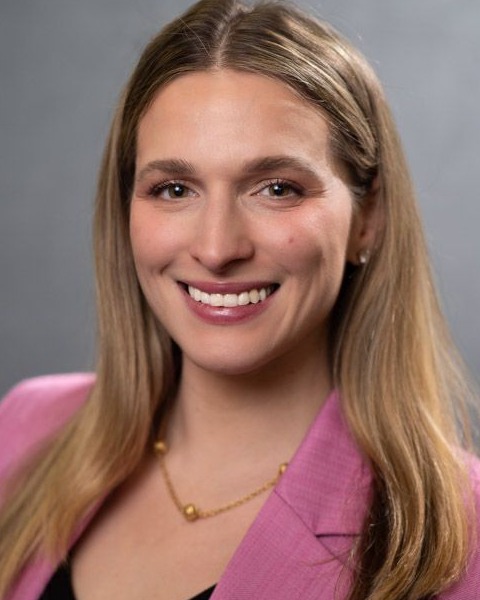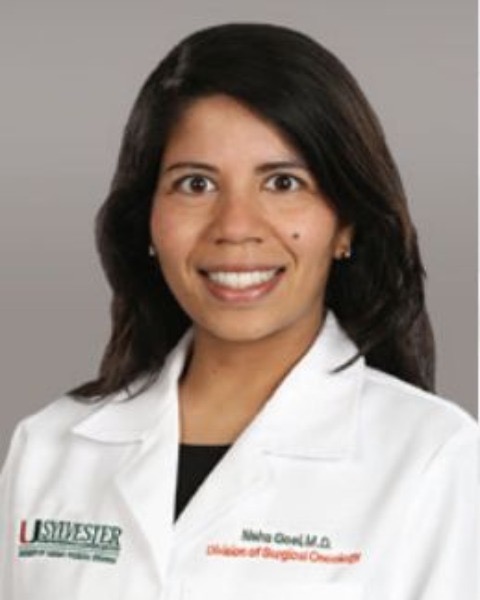Breast
E61: Neighborhood Disadvantage Predicts Higher Serum Cortisol Levels in Breast Cancer Patients

Peter Borowsky, MD (he/him/his)
T-32 Research fellow
University of Miami, United States
Peter Borowsky, MD (he/him/his)
T-32 Research fellow
University of Miami, United States
Alexandra E. Hernandez, MD, MPH
Research fellow
University of Miami
Miami, Florida, United States- MR
Molly Ream, MS
Doctoral Student
Sylvester Comprehensive Cancer Center, University of Miami Health System, United States - IA
Ibane Aizpurua, MS
Postdoctoral Scholar
University of the Basque Country, Department of Basic Psychological Processes and their Development, United States - MA
Michael Antoni, PhD
Professor
Sylvester Comprehensive Cancer Center, University of Miami Health System, United States 
Neha Goel, MD, MPH
Associate Professor of Surgery
Dewitt Daughtry Department of Surgery, University of Miami, Miami, Florida; Sylvester Comprehensive Cancer Center, Miami, FL
Miami, Florida, United States
ePoster Abstract Author(s)
Submitter(s)
Author(s)
Methods: Two stress management studies that took place between 1998-2013 enrolled women ≥18 years with stage 0-III breast cancer. Patients provided basic demographic information and afternoon-evening serum cortisol levels at a single timepoint 2-10 weeks following surgery and before initiation of adjuvant therapy. Area Deprivation Index (ADI), a multi-dimensional, validated measure of neighborhood disadvantage was assessed using patients’ home addresses and grouped into binary categories (1-3 for advantaged neighborhoods, 4-10 for disadvantaged neighborhoods). Multivariate regression analyses evaluated the impact of ADI on cortisol levels, controlling for age, stage, surgery type (lumpectomy vs. mastectomy), race and ethnicity, and study cohort.
Results:
403 women (225 from study 1; 178 from study 2) with mean age 52.13 ± 9.74 years were included. 76.7% lived in advantaged neighborhoods. They were non-Hispanic White (54.4%) or Hispanic (33.3%) and had stage 1 (44.0%) or stage 2 (32.3%) disease. On multivariable analysis, women from disadvantaged neighborhoods ADI (4-10) were found to have higher evening cortisol levels than women from advantaged neighborhoods ADI (1-3) (β= 0.163, p= 0.003).
Conclusions:
In this large cross-sectional study we found that women from disadvantaged neighborhoods had higher cortisol levels in the weeks after breast cancer surgery compared to their more advantaged counterparts, irrespective of age, cancer stage, and type of surgery. This association between neighborhood disadvantage and serum cortisol suggests that stress-related neuroendocrine factors may alter the breast cancer pathway and outcome disparities between advantaged and disadvantaged women. Prospective study is needed to determine how these factors may alter tumor biology and breast cancer outcomes.
Learning Objectives:
- efficiently and concisely present research findings
- thoroughly express research findings using scientific writing format
- demonstrate comprehension of topic and addition to current literature
